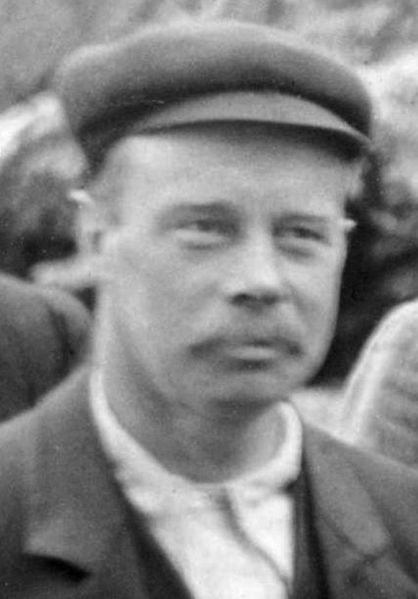 Daylight Savings Time comes every year (Sunday, March 11 this year), but I’m willing to bet good money most of you have no idea how it started. If you think it was Benjamin Franklin’s idea, you’re only partially right. Franklin mentioned the idea once on a trip to Paris, his rational being that Parisians could save candles by simply getting up earlier. He didn’t actually propose a change in time. The Ancient Romans also understood the concept of daylight savings; however they simply added extra time to each daylight hour to account for the extra sunshine.
Daylight Savings Time comes every year (Sunday, March 11 this year), but I’m willing to bet good money most of you have no idea how it started. If you think it was Benjamin Franklin’s idea, you’re only partially right. Franklin mentioned the idea once on a trip to Paris, his rational being that Parisians could save candles by simply getting up earlier. He didn’t actually propose a change in time. The Ancient Romans also understood the concept of daylight savings; however they simply added extra time to each daylight hour to account for the extra sunshine.
The modern version of Daylight Savings Time was first proposed by a New Zealand entomologist by the name of George Vernon Hudson. Hudson collected insects in his spare time, and, of course, he highly valued the extra after-hours daylight of the summer. He presented his idea for Daylight Savings Time to the Wellington Philosophical Society in 1895 and published another paper on the subject in 1898.
Daylight Savings Time is oftentimes incorrectly attributed to William Willet. Willet was an avid golfer and hated having to shorten his afternoon round of golf due to sundown. In 1905, he proposed his version of Daylight Savings Time and a bill was introduced in 1908, however the bill failed to become law.
During World War I, Germany and its allies began using Daylight Savings Time to conserve coal during the wartime. Britain and the rest of Europe soon followed, although the US did not adopt Daylight Savings Time until 1918.
Today about 70 countries observe Daylight Savings Time. Isn’t learning fun?

